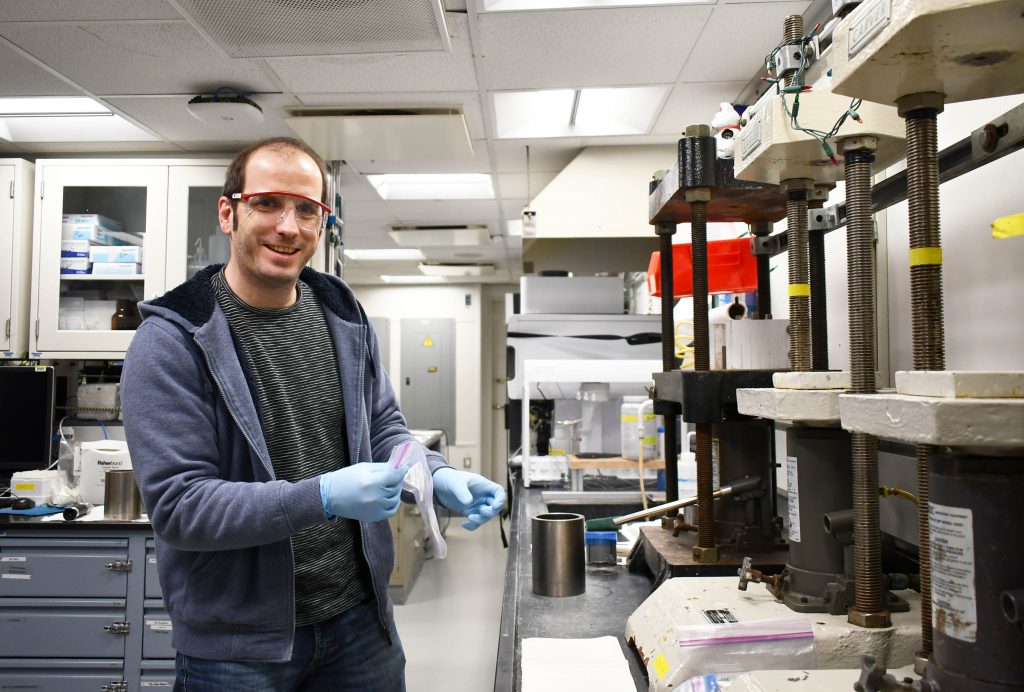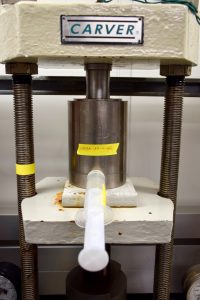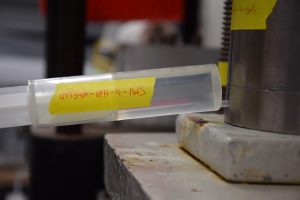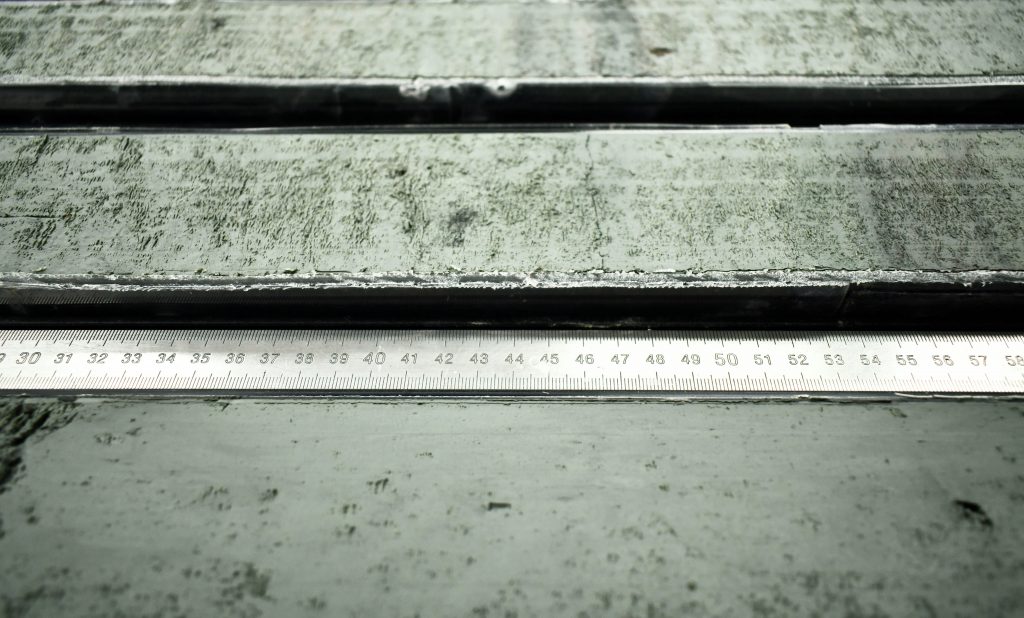
Signs of Life Where You Least Expect It
Marcus Gutjahr works at the GEOMAR Helmholtz Centre for Ocean Research Kiel, Germany
Sediments drilled during any expedition on the JOIDES Resolution are scrutinized for a whole array of properties. One of these is its chemical composition. The JR is equipped with an excellent chemistry lab. Mass spectrometers and other high-quality equipment is belted onto desks, making sure we can work even in heavy seas.
As marine matter is deposited on the Southern Ocean seafloor, it is nothing more than loose mud containing some organic matter, a few grains of sand or pebbles released by melting icebergs, and the odd fish bone. As more and more sediment is laid on top of previously deposited sediment, water is squeezed out and mud turns into stone.
The geochemistry team of Expedition 382—four scientists and two highly skilled technicians working in two shifts around the clock —investigates what happens to the sediments after burial. As a safety precaution, we measure methane and ethane concentrations in each core, making sure we do not drill into a gas- or oilfield by accident. If we were getting close to one, both methane and ethane levels in our sediments would rise dramatically. You could probably compare this task to that of the canary in a coal mine, only with the difference that we’d alert the drill team if we found elevated gas levels.

The longer the sediment porewater was locked away underneath the seafloor, the less its composition can be compared with normal seawater. A drop of water enclosed in marine mud collects traces of the surrounding sediment. Hence, during burial, porewater is slowly changing into mineral water, yet not the type of mineral water you can buy in a store (it’s way too salty). The concentration of many elements is enriched or depleted during this process, while others barely change.

The next best option seems to be barite, a barium sulfate mineral. We can tell from very enriched barium concentrations in the sediments below 100 meters that the microbes are dissolving barites. What else the microbes feed on is difficult to tell. We notice that a lot of new clay formation took place in the deeper parts of our sediments, which gives it a slight green appearance. These clays are likely the result of an extensive bacterial feast that took place more than a hundred meters underneath the seafloor. The existence of this microbial hot spot shows that evidence for life can be found in the strangest places.

Does any of this information matter for our planned climate research? Oh yes, it does. Before progressing to reconstruct past climates and associated environmental conditions from our collected sediments, we need to make sure the information preserved in the sediments is pristine and reliable. If we really want to understand how vulnerable our climate is to human activity today, we need firm knowledge of past extreme climate events. Our planet has experienced multiple periods of extreme climates in the past, and we aim to resolve why. And as our porewater data suggest, these sediments should hold a lot of information on past climatic conditions in the Southern Ocean.
